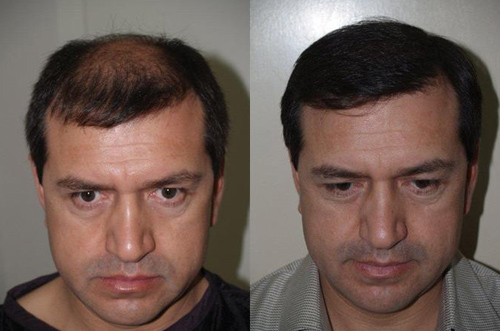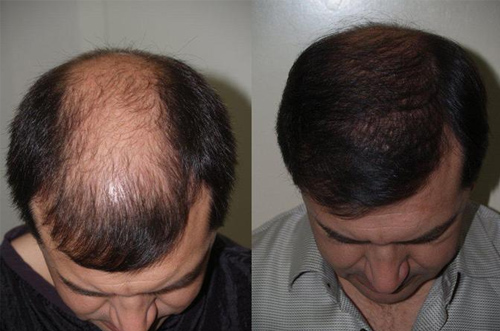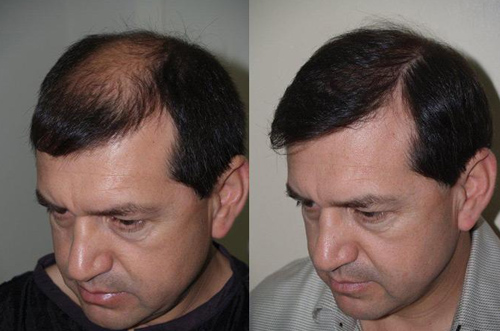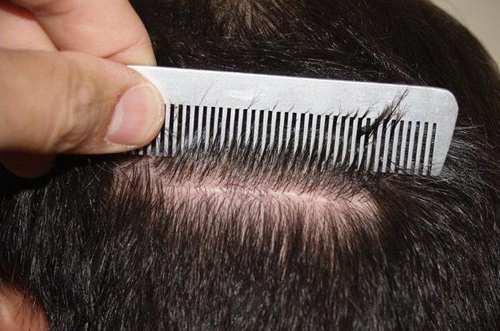If you are unable to come to the office for an in-person consultation, you can get a recommendation from one of our plastic surgeons by sending photos and, if desired, having a virtual consultation. Please follow the instructions on this page for sending in photos. You will then be contacted by a patient care coordinator, who will have the doctor to evaluate them and provide his recommendations.
Virtual Consultation
Virtual Hair
Transplant Consultations
Virtual face-to-face meetings are provided via webcam, using either Skype® or on FaceTime with an Apple phone. During this meeting, you’ll have the opportunity to connect directly with one of our plastic surgeons and receive their recommendations. While there is a fee for this virtual meeting, it will be fully applied toward any procedure you choose to undergo. Please note, this is not considered an official consultation but rather an opportunity to meet with the doctor and gain insights into his recommendations.
Whether you have a webcam meeting and or will be sending in photos to be evaluated, please be sure to fill out the virtual consultation form.
Guidelines for Photographs
Please follow the guidelines below when submitting your photographs to ensure we can provide you with the most accurate and tailored recommendations.
- Submit digital photos or scanned print photos
- Use bright, natural room lighting; do not use a flash
- Shoot from a distance of 3 – 5 feet
- Ensure that the area you are shooting is in frame and in focus
- Photos must not exceed 4MB (4,000kb) each; please resize photos that exceed this limit
- Acceptable photo file types are jpg or jpeg
For your virtual consultation, we will require photographs showing the following angles:
- The top of the head. A photograph showing the top of your head will provide us with an overall view of your current hair loss, including the degree of current hair loss as well as potential hair loss that may occur in the future.
- Side profiles. Photographs showing the left and right sides, or profiles, also demonstrate the extent of hair loss.
- The back of the head. Two photographs should be taken of the back of the head, or scalp. One should simply be a photograph of the back of the head. The other should be taken of the back of the scalp while you are pulling up a horizontal strip of hair in the donor area using your hand or a comb. This second photograph will help us to assess the density of donor hair.
- Hairline. A photograph of the front hairline will allow use to see how your hairline frames your face. If you have an idea how you would like your hairline to look, you may demonstrate this by drawing your hairline on your scalp.
Provide photos showing the following angles:
Front hairline
We need to be able to understand how your existing or new hairline frames your face. This is imperative for the review process. If possible, take some time to draw your hairline on your scalp to show us where you would like to have it placed. This helps us to understand your desires and expectations from the procedure.
ACTUAL PATIENT
Contact Us Today
Start Your
Journey
Have questions? Reach out today
for answers and more information.




